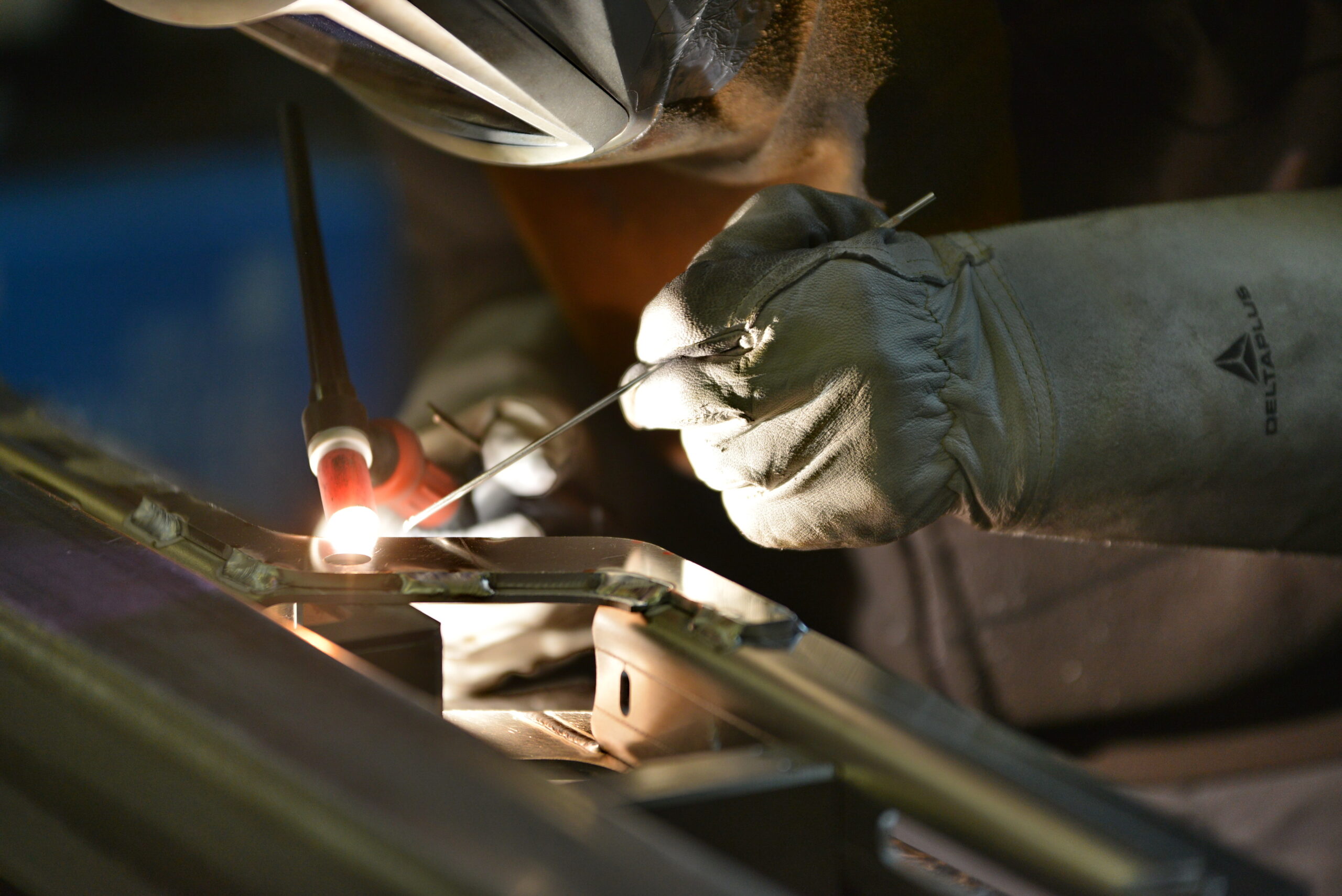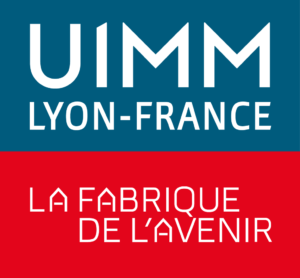What is arc welding?
What we see in everyday life as lightning in a thunderstorm, welders use it in a targeted way to join metals – the electric arc. Sometimes electric arcs are also formed in the railway network, between the catenary and the pantograph. How exactly does an electric arc form and how can it be used to weld metals together?
Arc welding is a fusion welding process used to weld metals. As the name suggests, this type of welding uses an electric arc. For this to occur, there must be an electrical potential difference between two points. On the one hand, there is a negative charge, caused by an excess of electrons, and on the other, a positive electric charge, caused by a lack of electrons. It is this difference that creates the tension.
Physical forces attempt to compensate for the load imbalance by creating a voltage breakdown. A channel is then formed in which heat and high voltage ionize the gas between the poles. The result is an electrically conductive plasma. That’s where the power flows. Depending on the current source, the breakdown is manifested either as a spark or a flash. When the charge difference is balanced, it quickly goes out or continues to arc.
How does arc welding work?
The heat generated by the electric arc reaches nearly 3,500°C. This temperature allows the melting and joining of metals. The arc can be guided manually or mechanically along the assembly line. The electrode can either conduct the current or serve as a filler material. In this case, it melts during welding. A protective gas minimizes the contact of the molten metal with the air. Because of the high temperatures, the metals react chemically with the oxygen and nitrogen in the air.
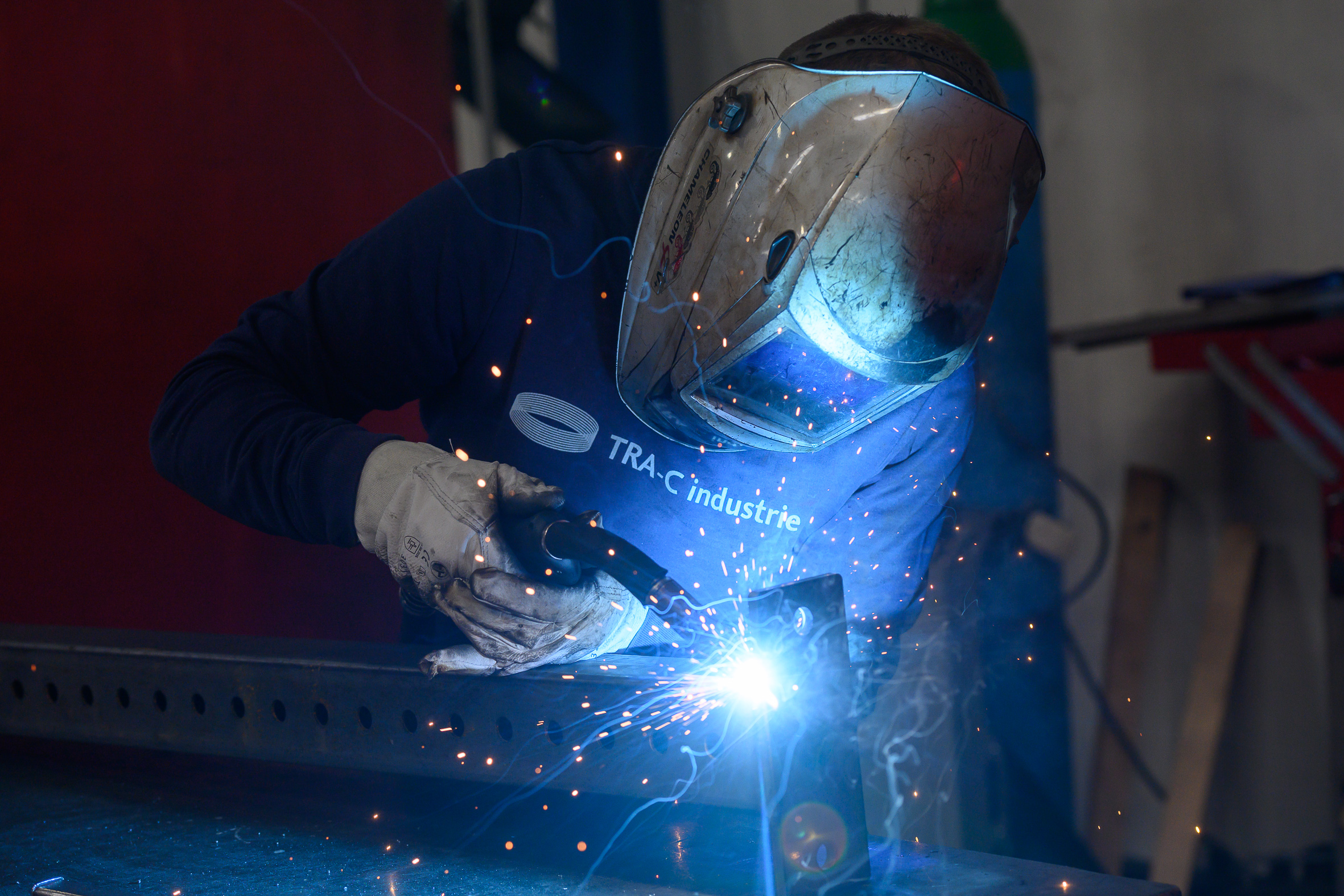
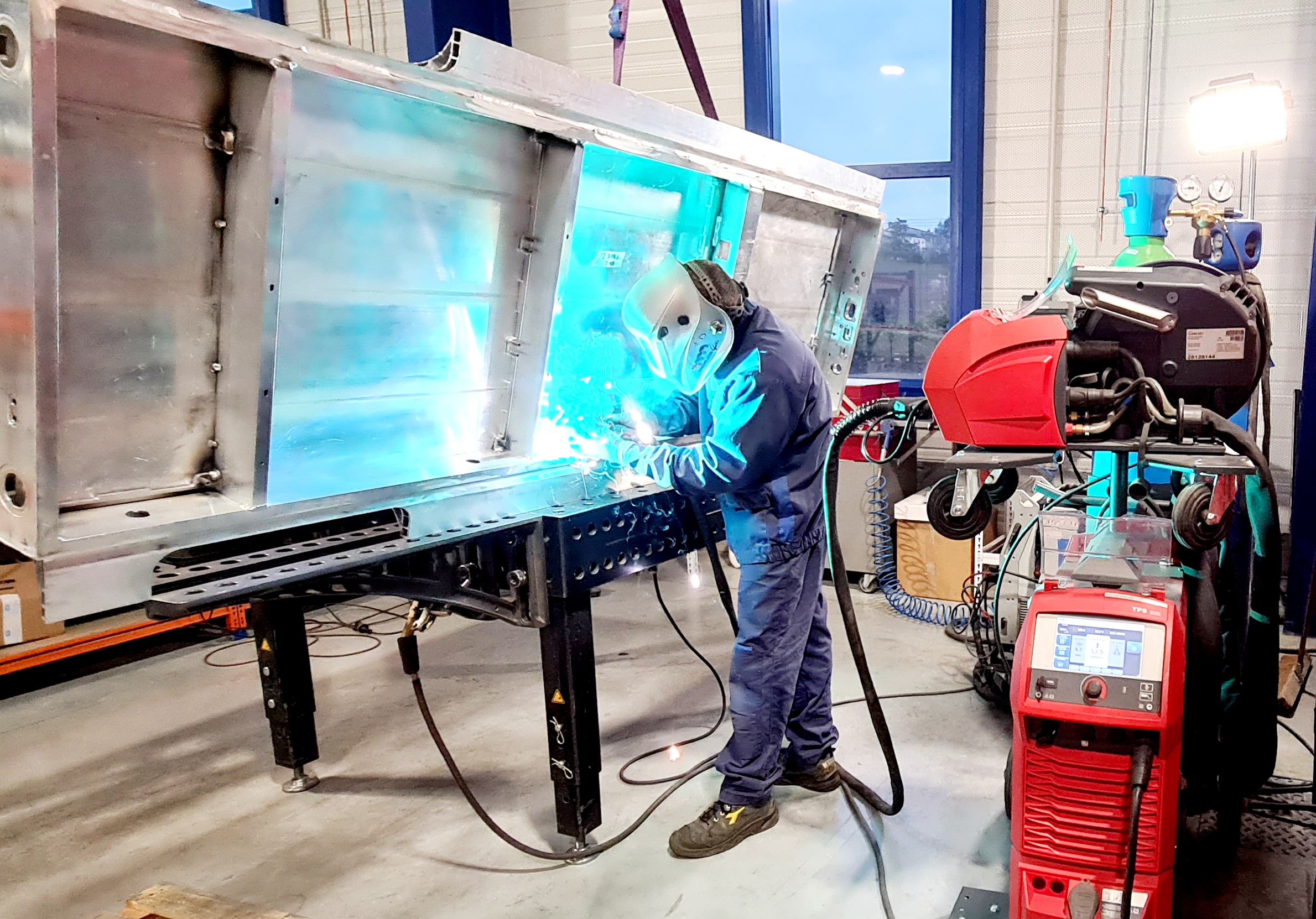
What are the different types of arc welding?
In arc welding, a distinction is made between processes with consumable electrodes and processes with non-consumable electrodes. Consumable electrode processes include MIG and MAG welding, manual arc welding, submerged flux-cored welding, flux-cored wire welding, electric arc welding and stud arc welding. Processes using non-fusible electrodes include TIG and plasma welding. We will now discuss each of the different processes in more detail.
MIG and MAG welding
Intergas metal welding and metal/active gas welding use a shielding gas that protects the base materials from impurities. MIG welding is suitable for welding high-alloy steel and non-ferrous metals. A gas mixture is used that does not chemically react with the molten metal. MAG welding uses reactive gases, so it is well suited for welding low-alloy and non-alloy steel.
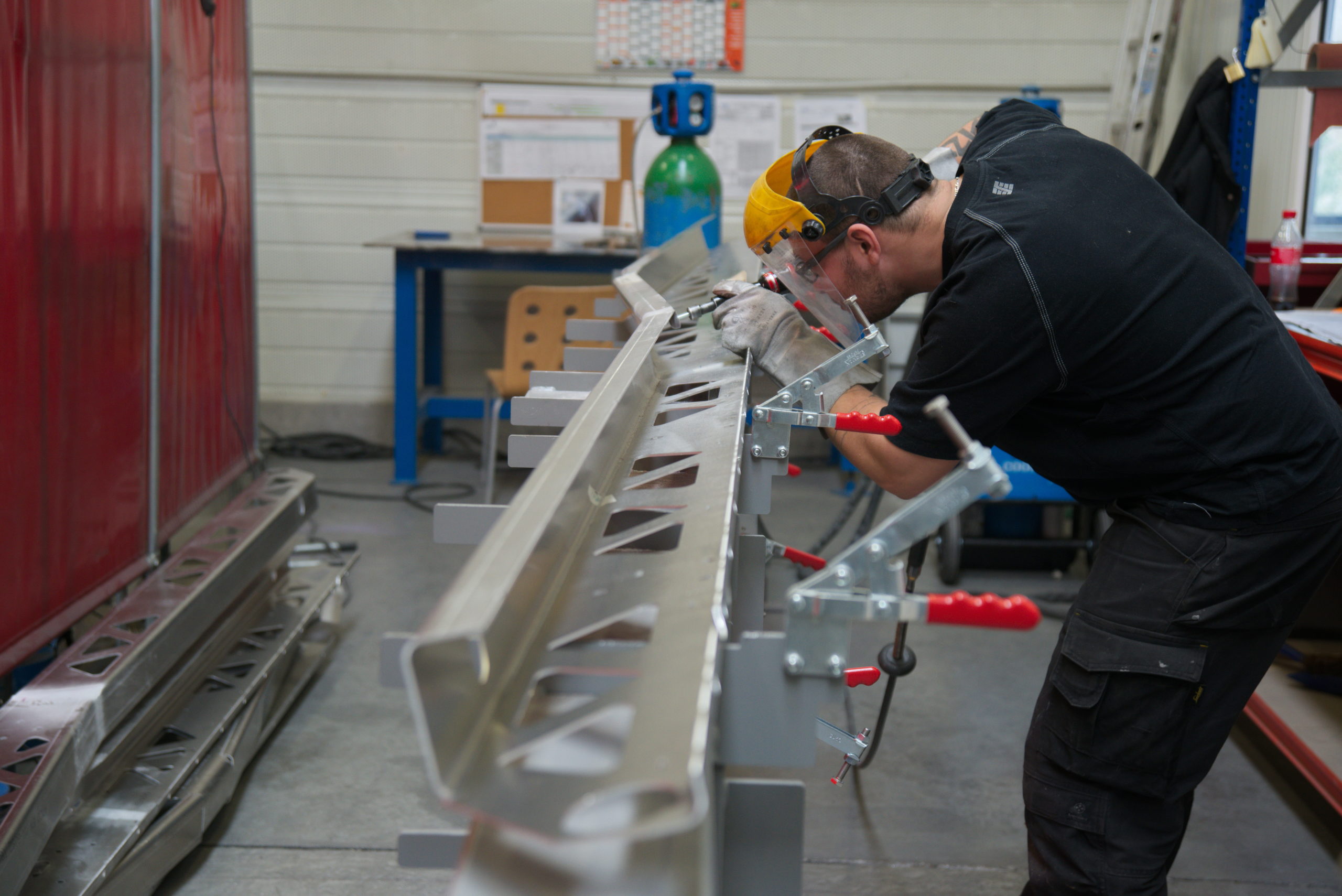
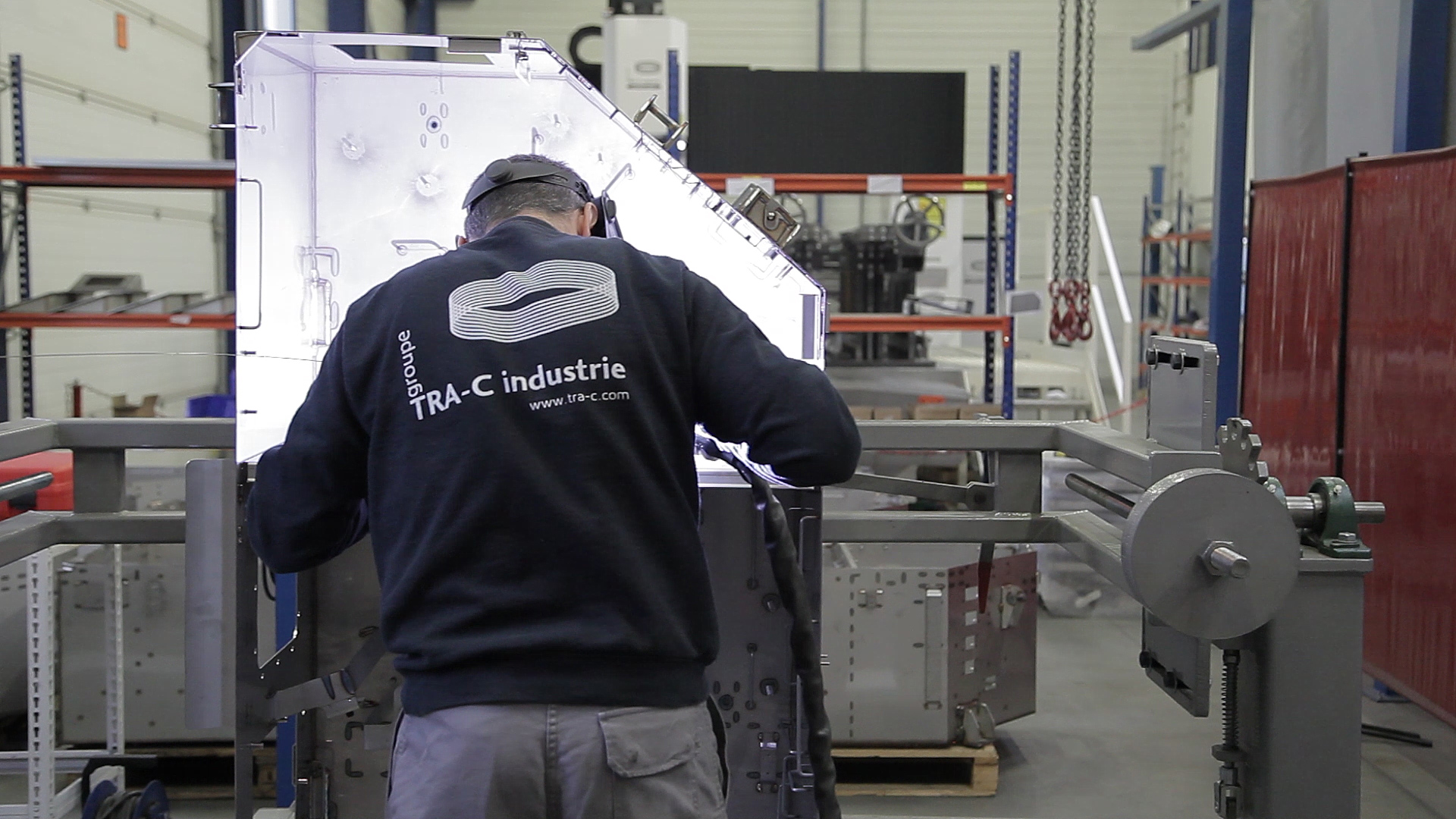
Manual arc welding
Manual arc welding is also called electrode welding or electric hand welding. A fusible coated electrode is used. During the welding process, its coating melts and a protective gas bell and a protective slag are formed. Thus, no additional gas supply is necessary, as the gas and slag protect the solder bath from the ambient atmosphere. Manual arc welding is ideal for joining ferrous and non-ferrous metals in all positions and with different material thicknesses.
TIG welding
TIG welding, or tungsten inert gas welding, uses a non-melting tungsten electrode to create an electric arc. An inert shielding gas is also used to protect the melt and the weld bead. This avoids airborne contamination. Welding can be done with or without filler metal.
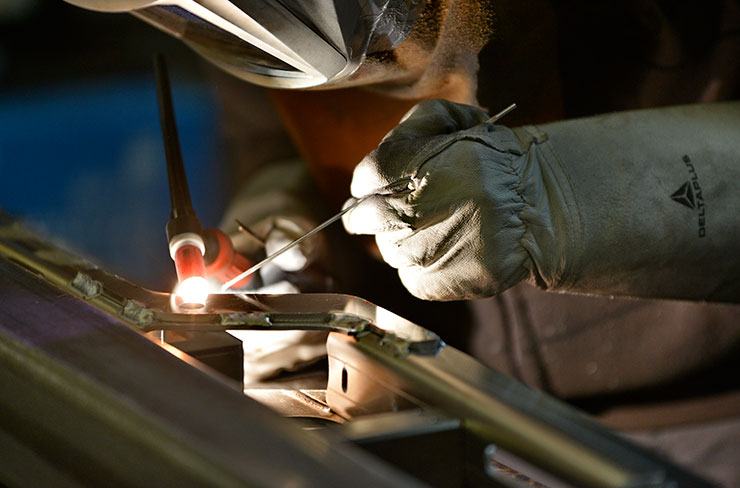
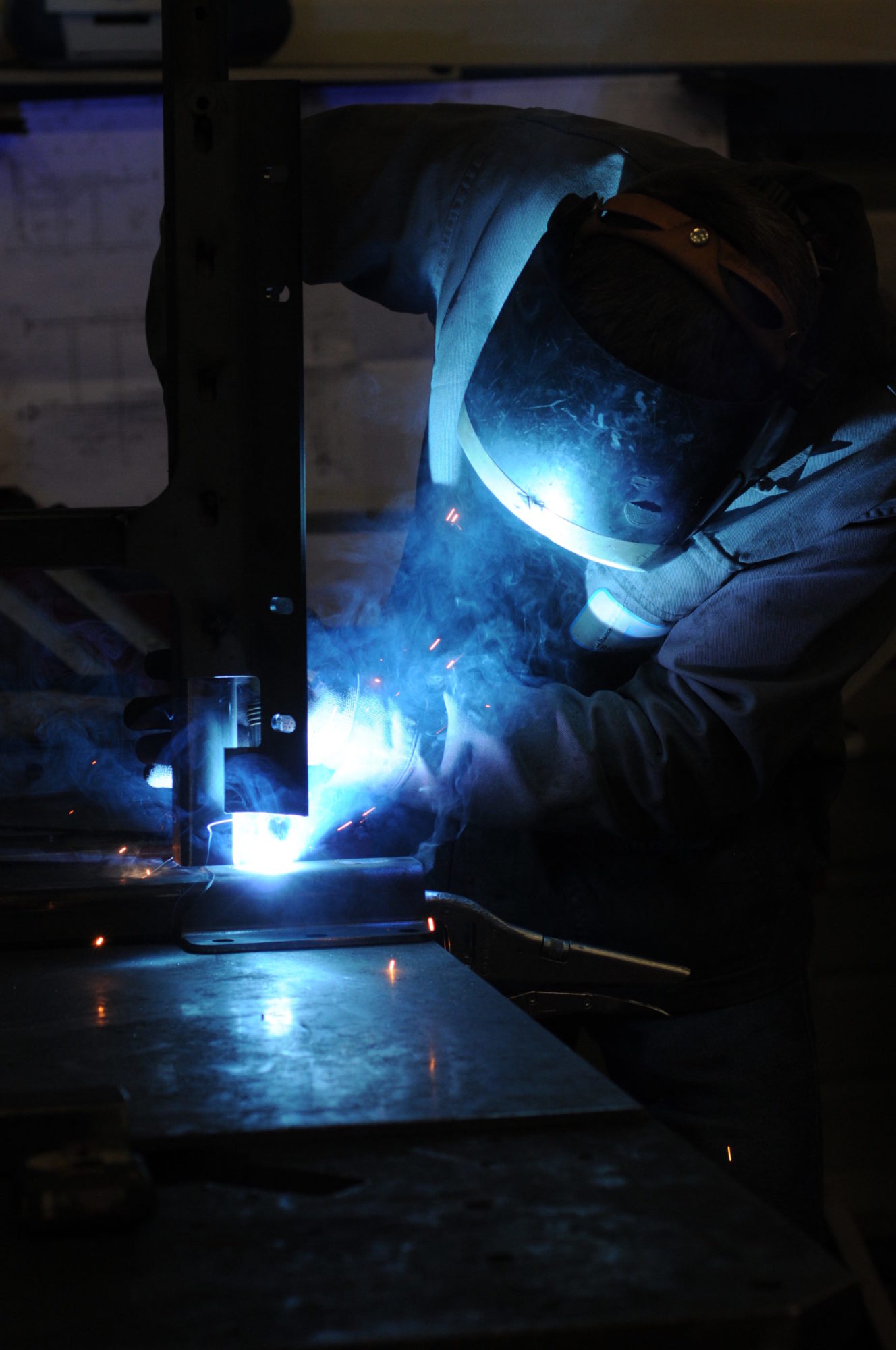
Plasma welding
Let us first clarify what exactly plasma is: if high energy is applied to the gas, heat is generated and ionization of the gas particles results. The electrons are then removed from the neutral atoms. Positively charged ions and negatively charged electrons remain separated. This mixture of charged and neutral components is called plasma. Unlike gas, plasma is a conductor of electricity, because ions and electrons are able to carry current. When free electrons meet ions and bind to them, they give back the energy they previously absorbed during the separation, in the form of light. What we can see in the form of an electric arc, an electric spark or a flash is a column of plasma in which the current flows. Electricity as such is invisible.
Like TIG welding, plasma welding is characterized by an electric arc that forms between a non-melting electrode and an anode. The electrode and anode are located in the torch housing. The electric arc ionizes the gas in the torch, which generates plasma. The plasma is finally directed to the workpiece through a narrow gas nozzle and cooled in the anode. This is why it is also called a narrowed arc. This process generates a very high energy density. In addition, the plasma is surrounded by a protective gas that protects the melt from reactions with oxygen.


